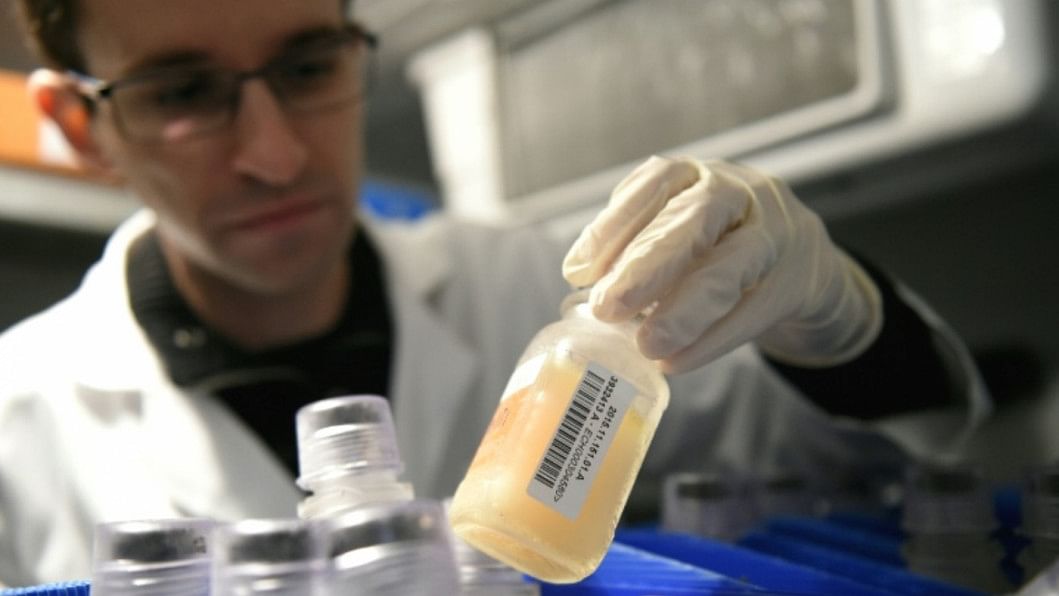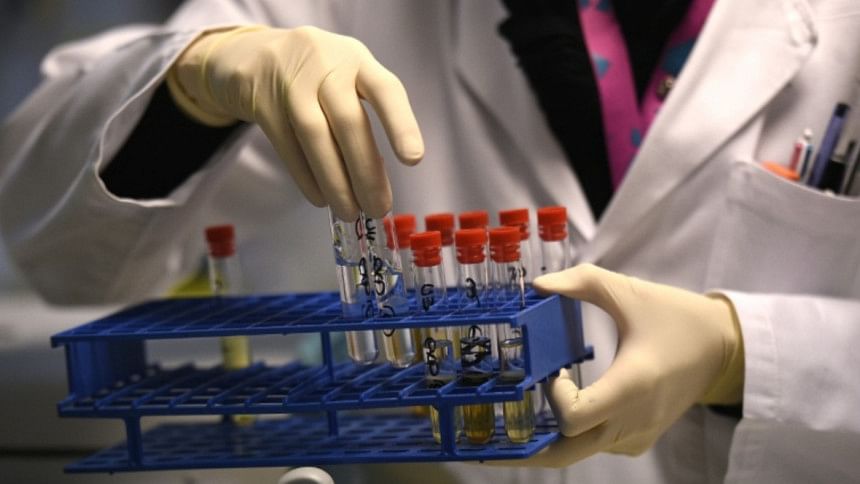Doping for gold, Olympians ignore health risks

For as long as athletes have been battling for gold medals, they have been taking fortifying tonics -- some stomach-churning, others downright dangerous with little concern for their health.
As revelations of Russian doping have shown going into the Rio Olympics, top-level competitors are willing to take almost any concoction to go faster, higher stronger, despite risks to body, mind and reputation.
Ancient Greek Olympians, researchers say, ate sheep's testicles for a testosterone boost, while gladiator physician Claudius Galen prescribed the boiled hind hooves of Abyssinian asses, flavoured with rose petals.
"Besides using strychnine ... the athletes of antiquity also used hashish, cola plants, cactus-based stimulants and fungi, with varying success," San Francisco-based lawyer Yush Lee wrote in a research paper on doping and the law.
Fast forward nearly 3,000 years and it is more of the same, albeit with a new arsenal of performance-enhancing elixirs.
In 1886, one cyclist is recorded to have died after taking a "speedball" mix of heroine and cocaine.
Incredibly, Thomas Hicks ran the 1904 Olympic marathon on a cocktail of strychnine -- a rat poison -- and brandy. He won, but nearly died.
In the 1930s, players for the Wolverhampton Wanderers football club in England were injected with monkey gland extract for the purported prowess it conferred.
"Doping has likely gone on forever," Carsten Lundby, a sports drug expert at the University of Zurich's Institute of Physiology, told AFP.
For many professional athletes, he said, "the desire to win" trumps the risk of physical harm -- or the potential shame of joining cyclist Lance Armstrong and sprinter Ben Johnson in the circle of gold medal cheats.
In what is known as "Goldman's dilemma", half of elite athletes questioned in the 1980s and 1990s said they would take an undetectable drug for success, even if it killed them within five years.
"It seems that some athletes don't care much," said Lundby of the health dangers associated with blood doping erythropoietin (EPO) used by bikers and runners.
Misuse of EPO and other substances for "blood doping" -- boosting the production of oxygen-carrying red blood cells -- can heighten the risk of heart disease, stroke and blood clots.
No winner
According to a report by Canadian lawyer Richard McLaren which found Russian state-backed doping programme, its pharmacopeia included a cocktail of three steroids dissolved in whiskey or vermouth.
The concoction was swilled in the mouth for the drugs to be absorbed, then spat out.
Prolonged steroid use is known to cause problems ranging from hair loss to heart attacks and liver cancer, as well as delusions, depression and severe aggression.
Drug cheating will not disappear, experts say, as long as a competitive spirit remains part of human nature.
Yet, for now, the arms race for new drugs and detection methods appears to have stalled, or at least slowed.
The most popular taboo tonics have been around for decades -- EPO, blood transfusions, growth hormones and steroids.
And improving the human body through "gene doping" -- long mooted as the next big threat -- has not yet materialised, say observers.
"It's not as if athletes will have to make use of futuristic practices in order to have a physiological advantage," said Lundby.
"Doing a blood transfusion is something that has been going on for decades. We know exactly what they do. It's just very, very, very difficult to detect."
Part of the problem is a lack of funding for new tests. Also, to avoid unfairly ruining an athletic career, results have to be 100 percent reliable -- an elusive level of certitude.
The best hope of ensuring a level playing, some experts say, are athlete biological passports that track changes in blood and urine over time.
Introduced a few years ago, this chemical record "creates a problem for the dopers, because if they're doing something secret they've got to keep that secrecy for eight to 10 years," said Chris Cooper, a University of Essex biochemist.
But passports only make it more difficult, not impossible, to blood dope, said the author of "Run, Swim, Throw, Cheat".
Indeed, cheats using EPO and other boosters have switched to "microdosing" -- smaller, more regular doses to keep chemical levels inconspicuously steady.
"You could say that anti-doping lost this part of the game," said sport sociologist Fabien Ohl of the University of Lausanne.
"But also, from my point of view, it's... an improvement that athletes take micro-doses instead of taking large doses which is more risky for them."












Comments